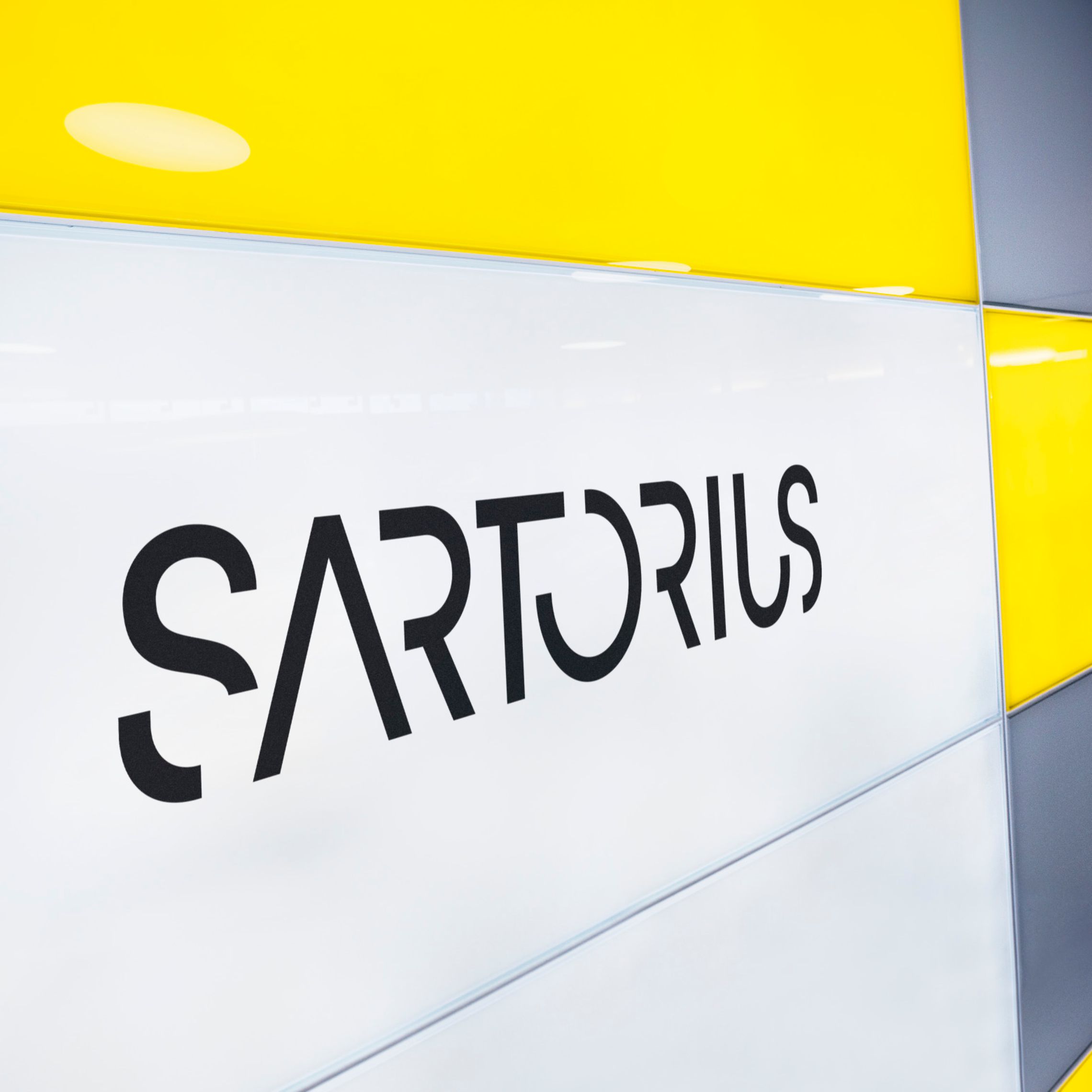News
Rules for Using Type 1 Water from ASTM, in Compliance with Sartorius Recommended Practices


- Always Work with Recently Produced Water
Stored ultrapure water presents a higher risk of adsorbed impurities, such as cross-contamination, which can alter conductivity and increase impurity levels. - Discard a Small Volume of Water Before Collecting
To ensure the highest quality of ultrapure water, it is recommended to discard the first 50 mL. - Dispense Water Close to the Outlet
Minimize the water’s contact with air, as ultrapure water can absorb CO2, increasing conductivity. - Use an Appropriate Container
To avoid the risk of leached substances in your water, avoid plastic containers and opt for glass containers. - Avoid Connecting External Tubing to the Point of Use
This can promote bacterial growth, resulting in contamination from endotoxins and microorganisms. Instead, use flexible dispensing options, such as our ergonomic Smart Station. - Change Consumables Regularly
Used consumables do not guarantee the high quality of ultrapure water. Annual preventive maintenance checks help minimize unexpected downtime and ensure that the system operates within specifications.
Importance of Standards
The standards for using Type 1 water from ASTM are crucial for ensuring the quality and integrity of laboratory processes. Here are some points highlighting the importance of these guidelines:
- Purity and Quality: Ultrapure water is fundamental in many laboratory experiments and analyses, as the presence of impurities can interfere with results. Following these standards helps minimize contamination and ensures that the water used meets the highest purity standards.
- Reproducibility of Results: Consistency in water quality is vital for obtaining reproducible results in experiments. Strict standards ensure that testing conditions remain stable, which is essential for the reliability of the data obtained.
- Equipment Protection: Many laboratory instruments are sensitive to water quality. Impurities can cause damage, clogs, or failures in systems. By following recommended practices, laboratories can extend the lifespan of their equipment and reduce maintenance and repair costs.
- Reduction of Contamination: Cross-contamination is a significant risk in laboratory environments. The standards help minimize this risk by guiding practices such as discarding initial volumes of water and avoiding external tubing connections, promoting a safer and more controlled working environment.
- Regulatory Compliance: Many industries, especially in the pharmaceutical and biotechnology sectors, are subject to strict regulations regarding water quality. Following these standards helps laboratories comply with legal requirements and avoid penalties.
- Operational Efficiency: Regular maintenance and proper use of consumables are practices that not only ensure water quality but also improve operational efficiency. A well-maintained system is less prone to failures, resulting in less downtime and greater productivity.
Concessus, in partnership with Sartorius, is committed to promoting these recommended practices to ensure the quality of ultrapure water in their laboratory processes and the success of their clients.